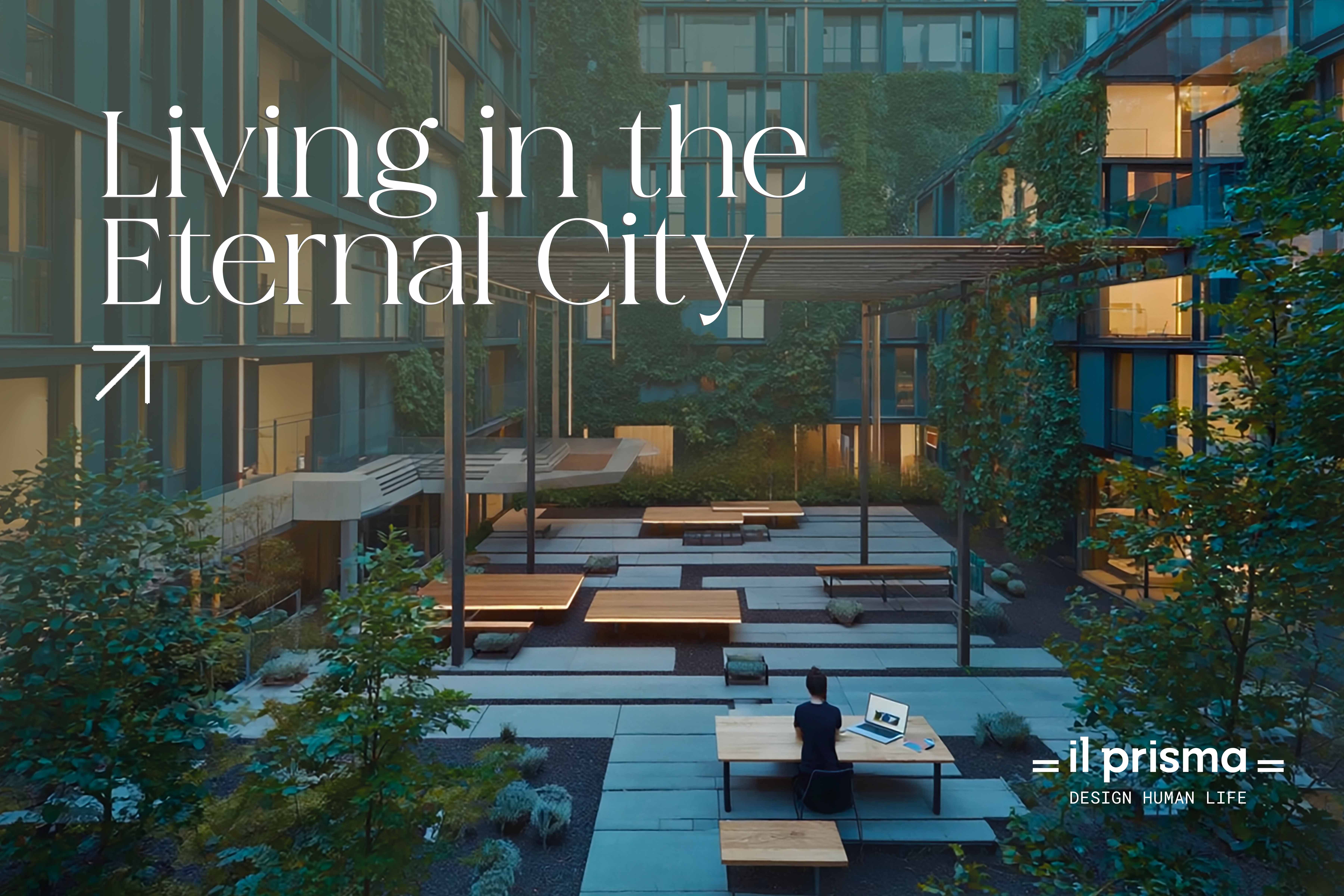What if temporary living was designed as a forever home?
Rome is the largest city in Italy, home to around 2.8 million residents across a territory larger than the combined footprint of Milan, Naples, and Turin. Its historic center, with fewer than 22,527 permanent residents (Comune di Roma, 2025), attracts a massive number of tourists. In 2024, the city recorded a historical high of 22.2 million arrivals (Turismo Roma, 2024), with visitors staying an average of 4 nights, up from about 2.5 nights before Covid restrictions. This imbalance between short-term tourist flows and long-term living pressures the city’s housing market and risks turning many neighborhoods into dormitories rather than active communities.
At the same time, Rome also stands out as one of Europe’s greatest academic hubs, with more than 336,000 enrolled students in the 2023/2024 academic year—significantly more than Milan’s 210,822 (Comune di Roma, 2025). These students are distributed across 17 main universities and higher education institutions. Despite this, students, as well as young professionals and researchers, face a chronic shortage of affordable, well-connected housing options, ultimately pushing many into temporary or unsafe living solutions.
This is the context that shaped our proposal for “A Vision for Rome”. The challenge was not simply to strengthen the city’s identity, but to address its absence of distributed housing and infrastructure. Our approach was to reimagine Rome as a polycentric ecosystem of micro-centers, each combining adaptive housing, services, and cultural anchors. Within this framework, Shared Living (particularly student housing and co-living, as well as short-term living models) emerged as an essential tool to transform Rome from a city to be admired into a city to be lived in.


